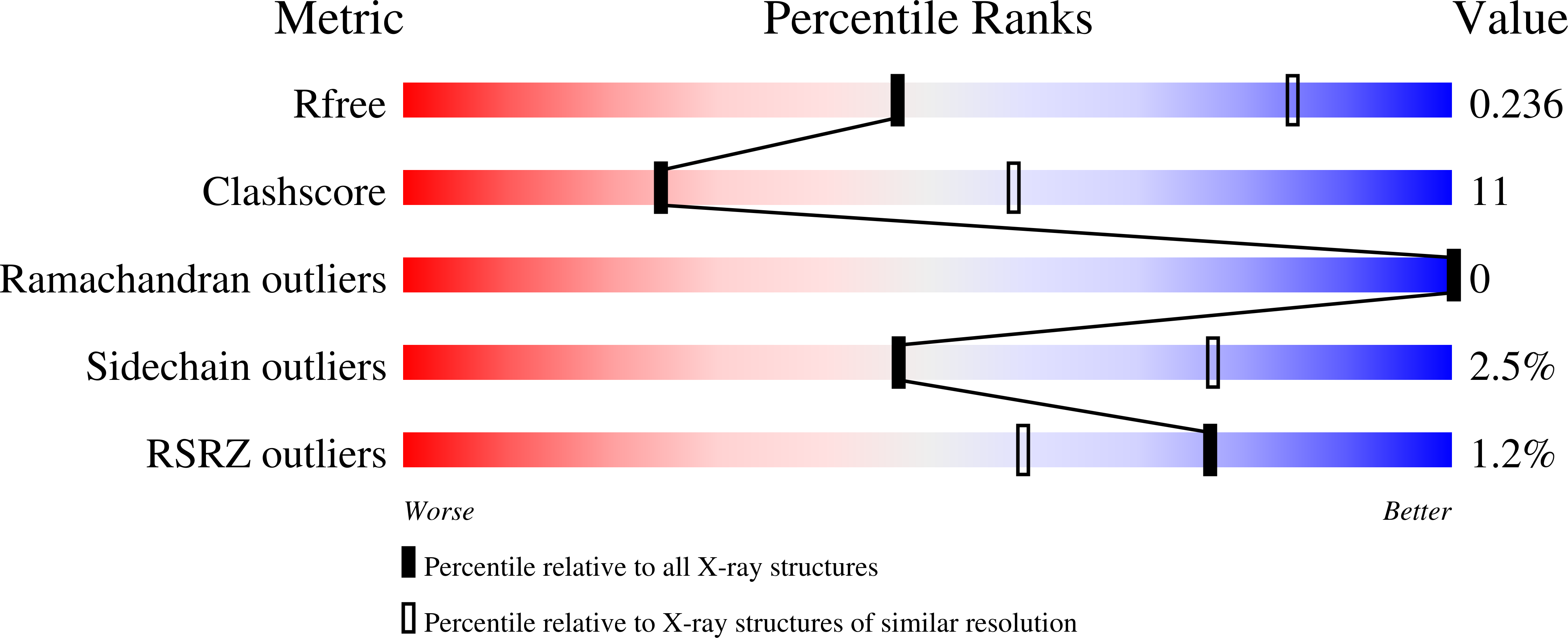
Deposition Date
2008-12-22
Release Date
2009-04-28
Last Version Date
2023-09-06
Method Details:
Experimental Method:
Resolution:
2.98 Å
R-Value Free:
0.24
R-Value Work:
0.21
R-Value Observed:
0.21
Space Group:
H 3


